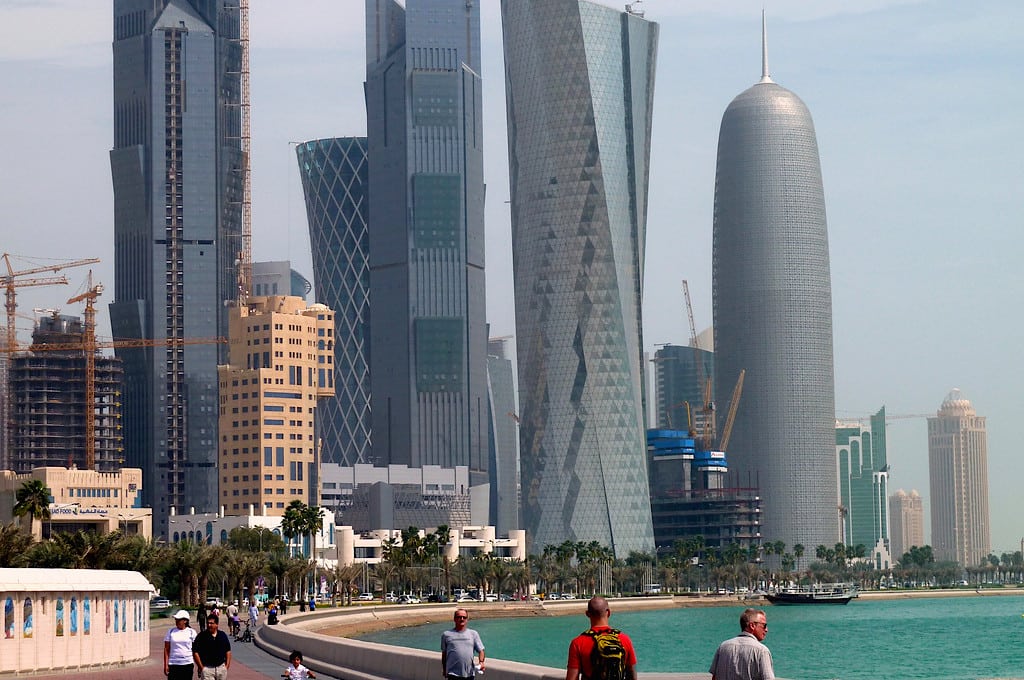The New 7 Wonders Marketing Campaign Loses Its Sense of Wonder

Skift Take
The New7Wonders' initial campaigns grabbed the media's attention, but vague intentions and a lack of transparency have helped it sink into insignificance.
The New7Wonders Foundation has spent over a decade attempting to piggyback on the legacy of the oldest "best of" list in travel, the seven wonders of the world.
It has organized three multi-year voting campaigns to select new natural and urban wonders, beginning with a first list that was notable for its controversial inclusion of Rio de Janeiro's Christ Redeemer statue.
But the organization's latest campaign, a two-year effort to highlight the world's greatest cities, came and went with a whimper.
Cities Campaign
The organization recently wrapped up the New7Wonders Cities contest, the third campaign following two which selected the New 7 Wonders of the World and the New 7 Wonders of Nature.
The two-year process began in 2012. More than 1,200 nominees were whittled down to 28 candidates selected by the organization’s panel of experts. The final seven winners were chosen through public voting.
The winning cities include Beirut, Lebanon; Doha, Qatar; Durban, South Africa; Havana, Cuba; Kuala Lumpur, Malaysia; La Paz, Bolivia; and Vigan, Philippines.
For the first New7Wonders campaign, Jennifer Lopez performed at a party in Lisbon. This time, Bernard Weber, Founder & President of New7Wonders, revealed the names via a YouTube video in Dubai.
https://www.youtube.com/watch?v=org9kPManWE
The results, which were announced in early December 2014, did not rece
